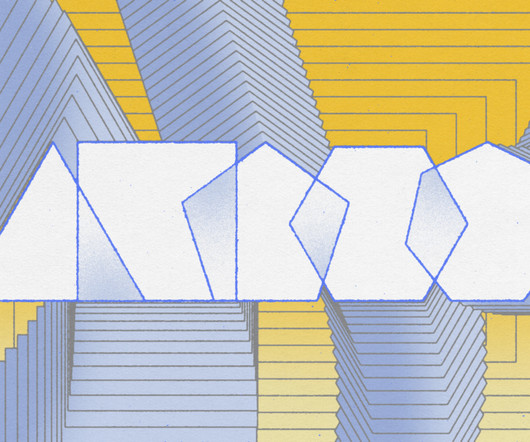The survival of higher education (1): Changing roles
Learning with e's
FEBRUARY 7, 2014
I argued that due to advances in information and communication technologies (ICTs) that traditional student catchment areas would begin to disappear or become less obvious (the death of distance) and recommended that universities turn their attention to blended and distance methods to broaden and extend their reach (the distributed model).
















Let's personalize your content